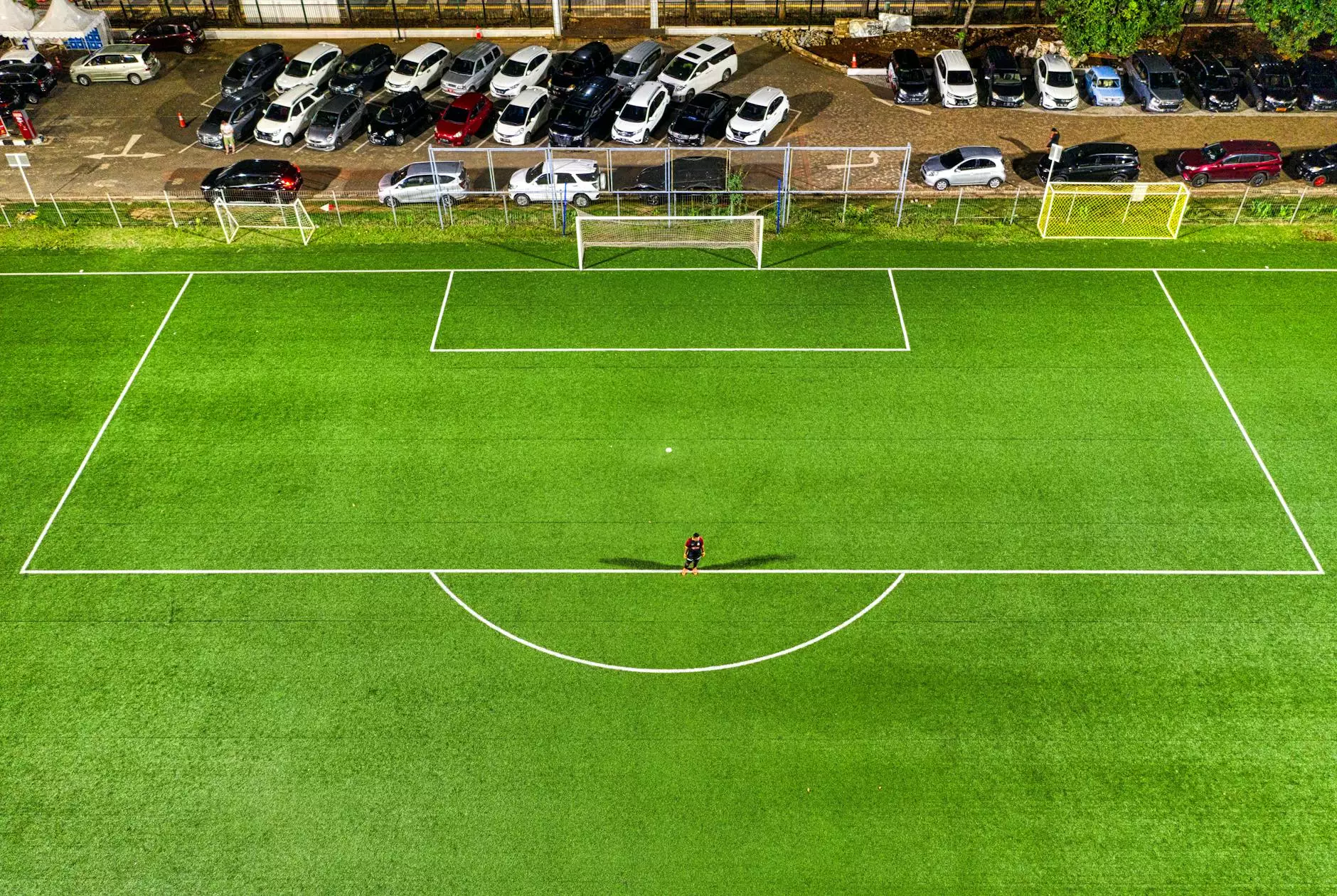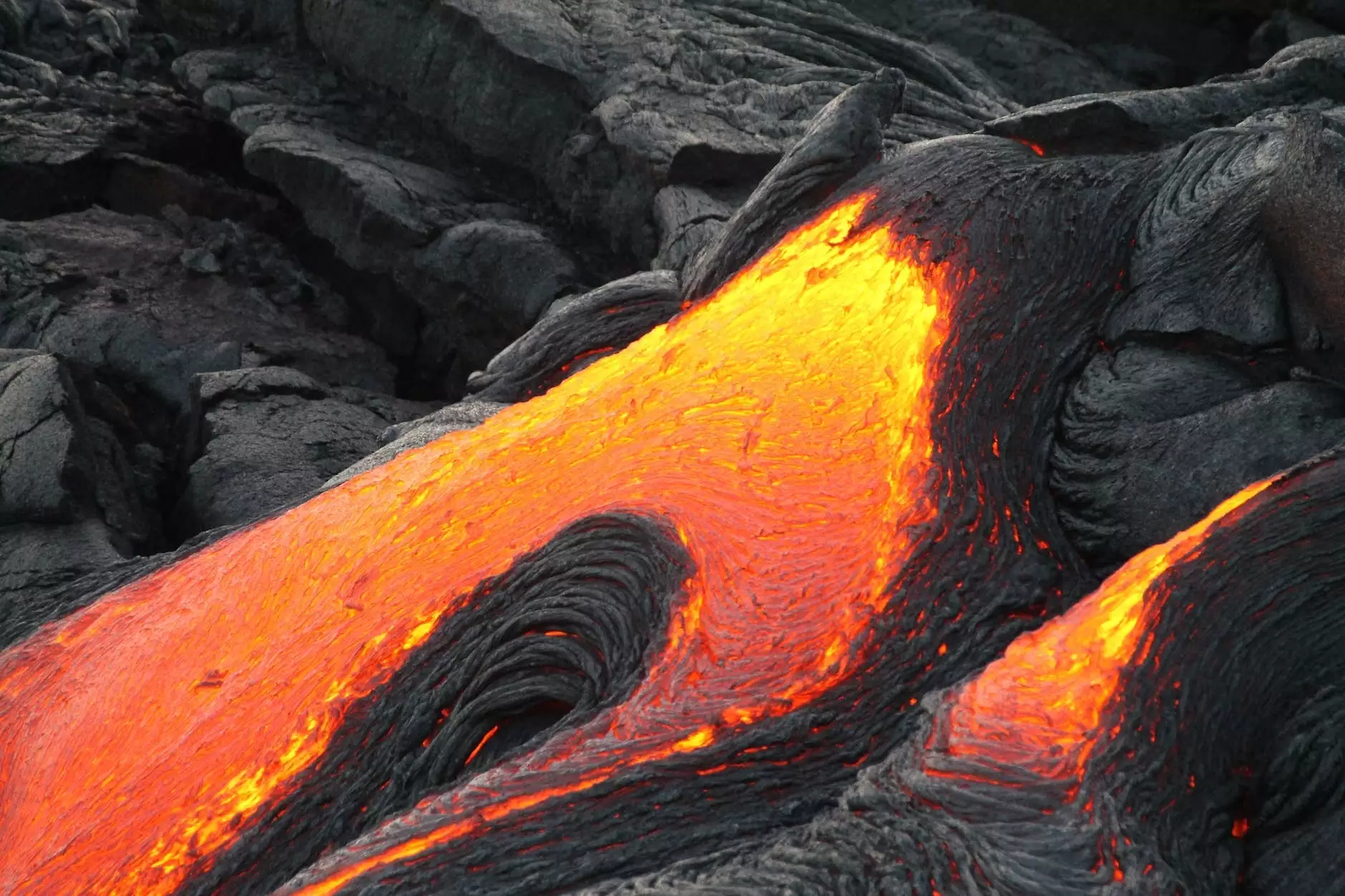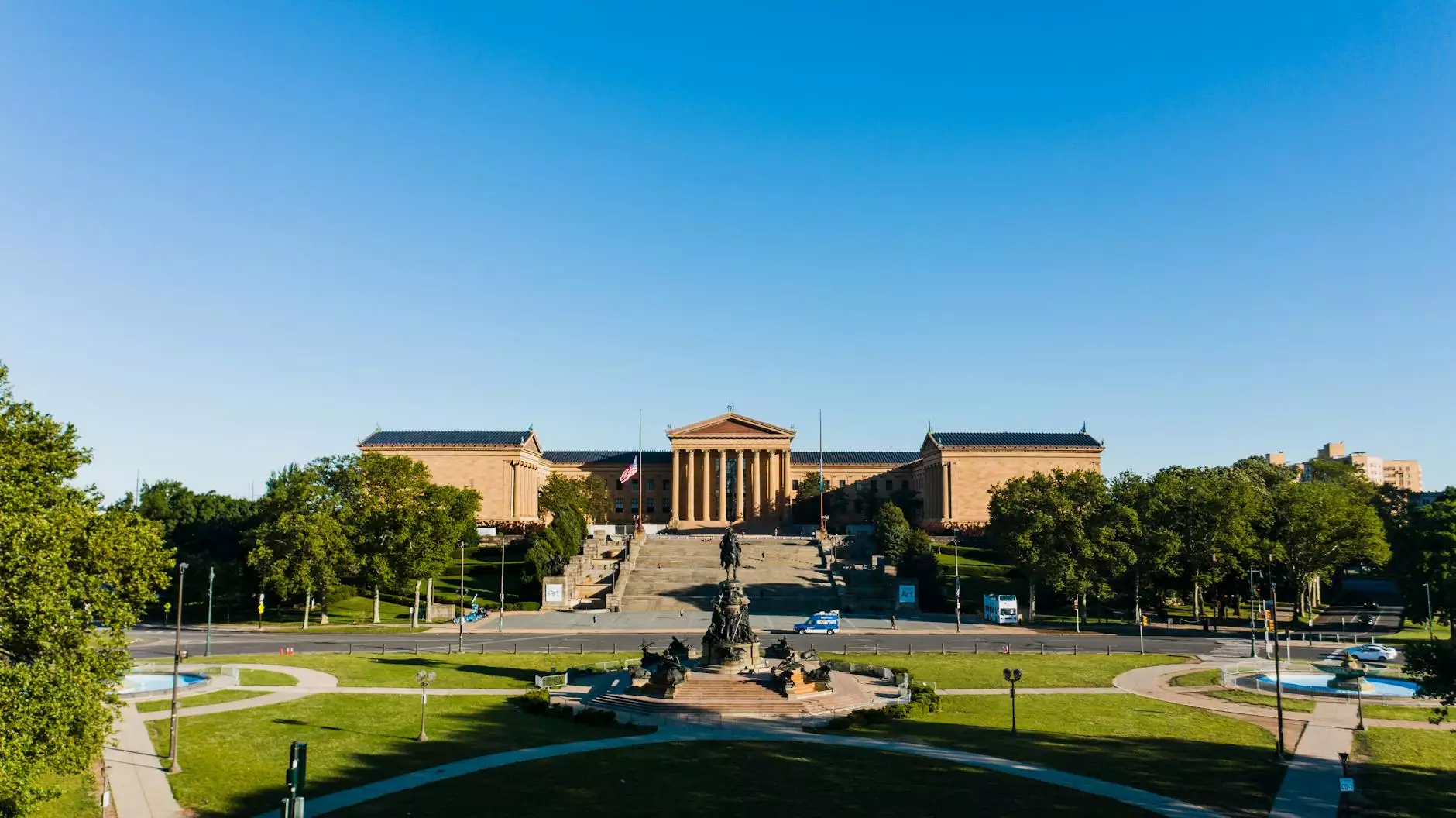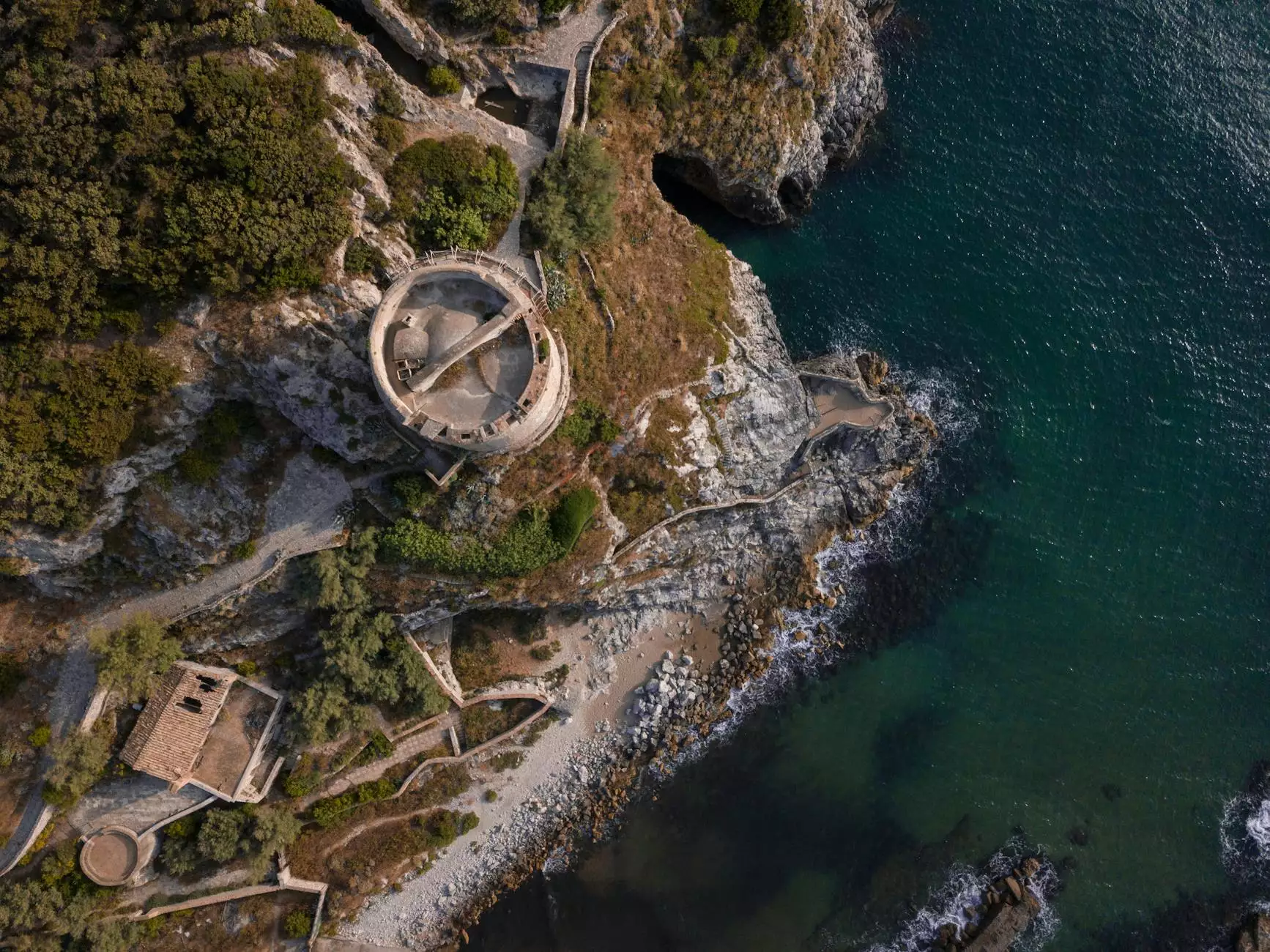What is the difference between astroturf and artificial grass?
Artificial Grass
Introduction
Welcome to Metate Industrial Supply, where we aim to provide you with comprehensive information about various products and materials for your commercial or residential projects. In this article, we will explore the key differences between astroturf and artificial grass, helping you make an informed decision. Whether you are maintaining a sports field, designing a landscape, or creating a play area, understanding the distinctions between these two options is crucial.
What is Astroturf?
Astroturf refers to a brand of artificial turf that was introduced in the 1960s. It became the common name for all synthetic grass products initially. However, astroturf is technically a harder, short-piled synthetic turf made from nylon fibers. It was primarily designed for sports fields, including football, tennis, and golf courses.
What is Artificial Grass?
Artificial grass, on the other hand, is a more general term encompassing a wider range of synthetic turf options. It is made from various materials such as polyethylene, polypropylene, or nylon. Artificial grass can vary in terms of pile height, texture, and durability depending on its intended use.
Comparing the Differences
1. Appearance and Feel
Astroturf typically has a short pile height and a harder, stiffer feel compared to artificial grass. It is engineered to withstand intense sports activities, providing better traction and ball roll characteristics. On the other hand, artificial grass is designed to imitate the look and feel of natural grass, providing a softer texture and a more realistic appearance.
2. Usage
While astroturf is mainly used for outdoor sports fields, artificial grass can be installed in a variety of settings. It is commonly used in residential landscapes, parks, commercial spaces, rooftop gardens, and even indoor areas. Artificial grass offers more versatility when it comes to application options.
3. Maintenance
When it comes to maintenance, astroturf requires less effort and resources compared to artificial grass. The shorter pile height makes it easier to clean, and it requires less water and fertilizer. However, it may need more frequent brushing to maintain its resilience. Artificial grass, on the other hand, requires occasional brushing, infill replenishment, and rinsing to keep it looking its best.
4. Durability and Lifespan
Both astroturf and artificial grass are designed to be durable and long-lasting. However, the lifespan of each option may vary depending on the quality of materials used, maintenance practices, and the amount of foot traffic it receives. Generally, astroturf tends to have a shorter lifespan due to its harder composition, while high-quality artificial grass can last for several years.
5. Cost
Astroturf is typically more expensive than artificial grass initially due to its specialized design and purpose. However, over time, considering the lower maintenance requirements and longer lifespan of artificial grass, it can be a more cost-effective option in the long run. It is essential to weigh the upfront costs against the expected lifespan and maintenance expenses to make the best financial decision.
Conclusion
In summary, understanding the difference between astroturf and artificial grass allows you to choose the right option for your project. Astroturf offers excellent performance and is ideal for sports fields, while artificial grass provides a more natural appearance and can be used in various settings. Consider factors such as appearance, usage, maintenance, durability, and cost to make an informed decision. At Metate Industrial Supply, we offer a wide range of astroturf and artificial grass options to suit your specific needs. Contact us today to explore our selection and make the best choice for your commercial or residential space.










